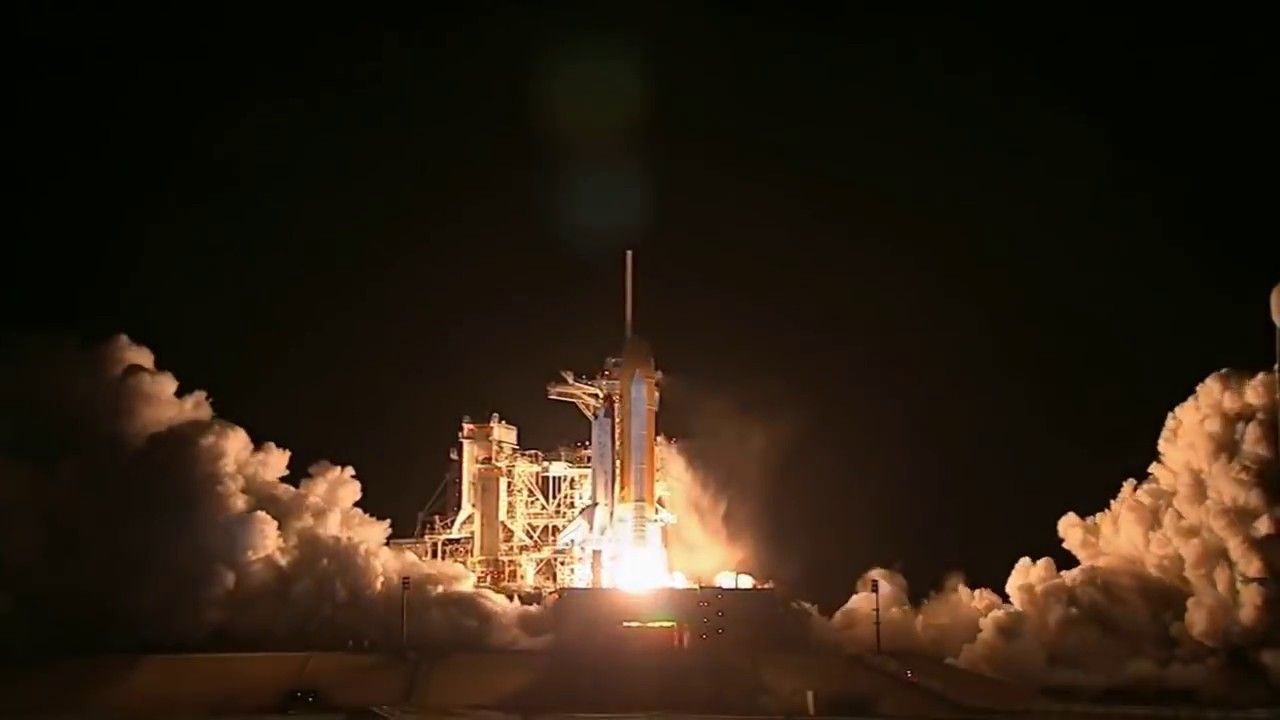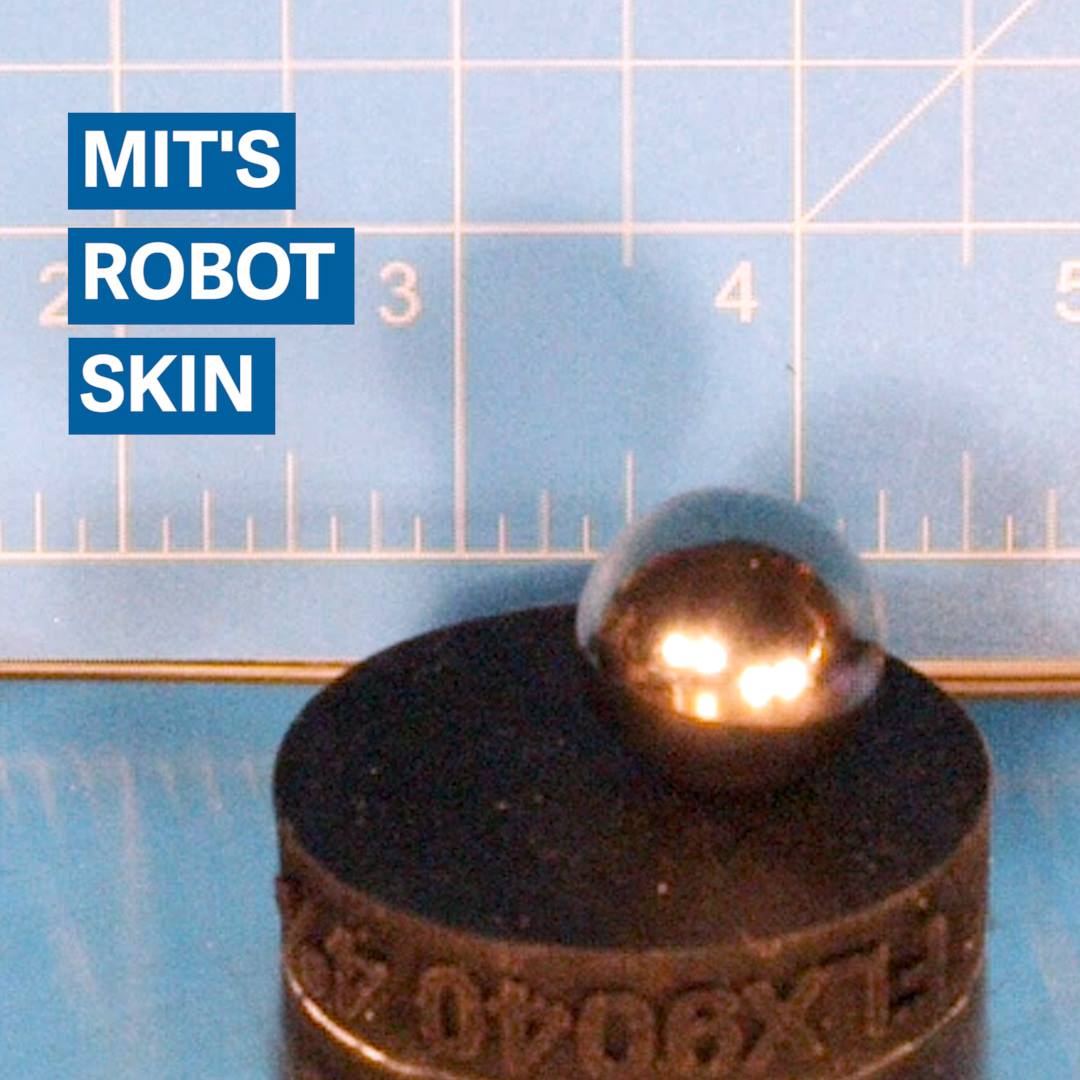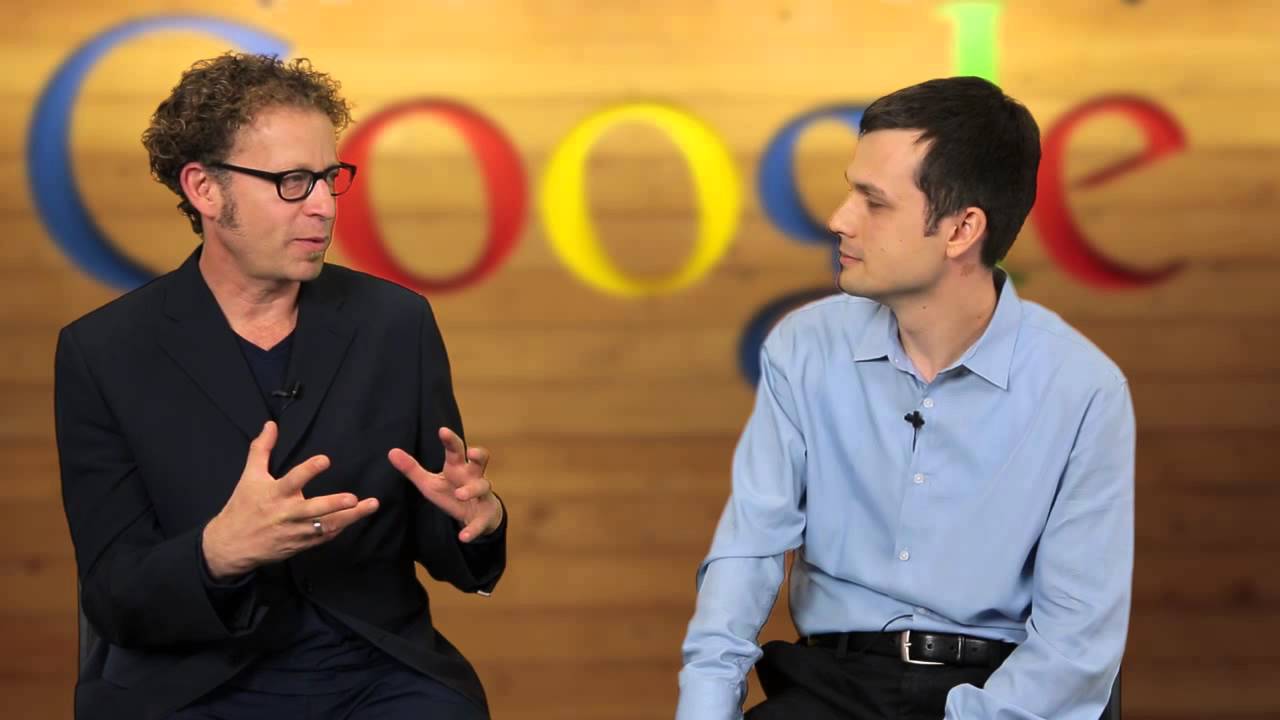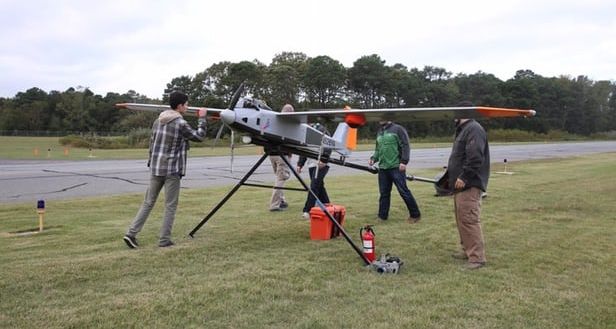https://www.youtube.com/watch?v=BVett3htjBM
Interstellar travel is the term used for hypothetical manned or unmanned travel between stars. Interstellar travel will be much more difficult than interplanetary spaceflight; the distances between the planets in the Solar System are less than 30 astronomical units (AU)—whereas the distances between stars are typically hundreds of thousands of AU, and usually expressed in light-years. Because of the vastness of those distances, interstellar travel would require a high percentage of the speed of light, or huge travel time, lasting from decades to millennia or longer.
I Don’t Not Own Any Of This Content. Hope You Enjoy.











